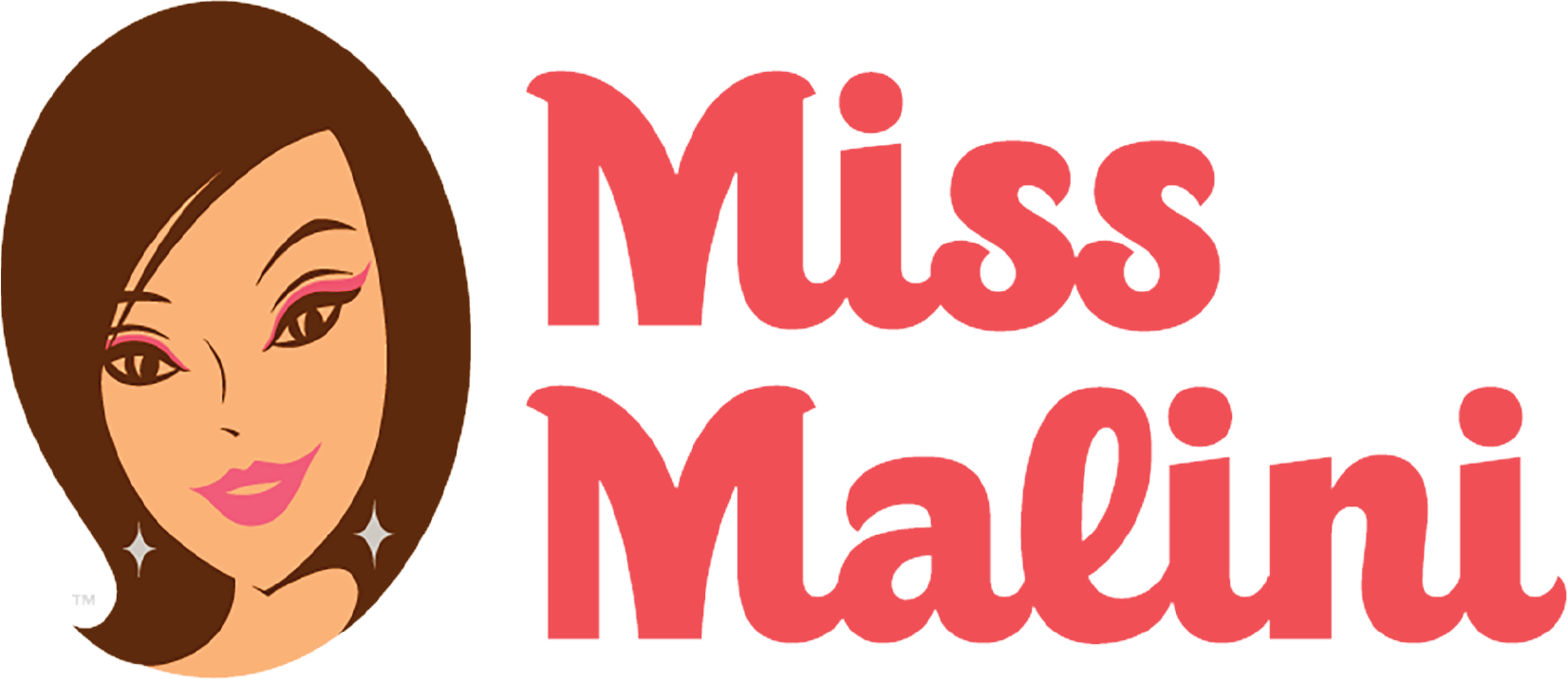
Trying to understand and figure out your hair type can at times be easier said than done. The question of what’s your hair type is, can determine what your hair truly needs. Much like how crucial it is to understand your skin better to care for it better. Your hair type also plays a massive role in your daily hair care routine. If the products you currently use don’t seem to work for you, chances are you may not know your hair type as well you thought.
Take this opportunity to re-evaluate your hair type and its current needs to serve you better. In addition to the obvious categories like straight, wavy or curly, other factors determine your unique hair type. These include your hair’s density, diameter, porosity, moisture, and curl pattern. Sounds overwhelming? Don’t worry we’re here to break down everything you need to know to figure out your hair type with ease. Also, keep in mind that if you’re still confused about which category you fall in you might have a unique mix of two or there.
Here’s all you need to know to find out your hair type
1. Hair Density
This refers to the numbers of hairs on your head; not how thick they are. If you take the front section of your hair to the side and can’t see your scalp clearly you probably have dense hair. If you can visibly see your scalp without parting your hair the density is low. This can be affected by several factors like stress, hormones or diet.
2. Hair Diameter
Your hair’s diameter is all about determining the width of your strands. This is an important step in understanding your hair type. Do the strand test to understand if your hair is fine, medium or thick. Take a strand of your hair and feel it between your fingertips. If it looks or feels thick and textured you probably have coarse hair. But if you can’t really see it or barely feel it then you have fine hair. Anything in between these two would be medium.
3. Hair Porosity
Porosity is your hair’s capability to consume and retain moisture. You need to know this so you can decide what treatments your hair can withstand. All you go to do is place a single strand in a glass of water. If it submerges to the bottom, your hair has high porosity. On the other hand, if the strand is floating in between it is well balanced. This means it is less prone to damage. If your strand does not absorb water well, it will remain on the surface of the water. This means it has low porosity which also means your hair cuticles have fewer pores to take in the moisture.
Highly porous hair can drink up too much moisture and product which mean it could be damaged. You’ll find that high porous hair tends to dry quickly but does feel nourished or hydrated. Meaning you might find yourself using more product. In this case, you need to avoid heat, tools and products that may further dry out your strands.
4. Scalp Moisture
This indicates what shape your scalp is in and how greasy or dry it can get. By understanding your scalp health you’ll know how frequently to wash it and pick the correct formulas to balance its levels. When trying to figure this out you might find you’re experiencing a mix of symptoms and will need to treat it accordingly.
Inspect your scalp on the second day after wash. If you find your roots flat and greasy you might need to wash your hair more often. Find a shampoo that gets prevents buildup and balances out your sebum levels. Flaking, on the other hand, means your scalp is dry and needs a more gentle hydrating formula. But what if it’s a combination of symptoms? This probably means you have a lot of product or oil buildup. You might not be washing your hair properly or often enough. In this case, you need to re-evaluate your hair care routine for something that calms the scalp and removes excessive buildup.
5. Hair Texture
The texture of your hair generally means the natural shape or pattern of your strands. Check your hair right now, is it curly, wavy, straight or kinky? If you’re not sure next time you wash your hair leave it free of hair products and let it dry to see its true form. See the section below and try to identify which of these best describes your pattern.
Straight Hair
If you have straight hair you probably live and breathe for dry shampoo! It’s usually soft, silky and stays pin-straight without holding any curls. You can often see an oily scalp with straight hair types. While every person’s hair is unique this type usually falls under these sub-categories:
- 1A: has baby fine hair, doesn’t hold curls well and commonly oily or limp
- 1B: has a very slight bend but no curl.
- 1C: is the super thick, very slight wave in the underbrush, prone to little frizz and can hold styles well.
Wavy Hair
A happy medium between curls and straight hair but needs the right combination of products to behave. Type 2 is divided into:
- 2A: is thin and wavy with an occasion bend. Think classic bed head.
- 2B: has relaxed waves with a medium thickness.
- 2C: has thicker waves and sporadic curls throughout. Is usually bigger and bouncy.
Curly Hair
If your hair dries with a defined curl or loop pattern, it’s likely Type 3. This hair type has definite curls that stay curly and higher density compared to wavy or straight hair. Curly hair can be divided into three sub-categories:
- 3A: has loose curls, strands are larger in diameter with a mix of wavy pieces
- 3B: has curls that look like stretched-out spirals that cascade down toward the shoulders.
- 3C: has thick tight curls most prone to frizz. Clearly defined their corkscrew coils that can range in size.
Coily Hair
The kinkiest coarsest, and driest of all the hair types but it can be quite fragile and soft. It is easily prone to breakage and damage if not cared for properly. Coiley hair texture can have trouble getting moisture to the scalp and retaining shine. It also tends to shrink down easily. It’s divided into the following sub-categories
- 4A: is soft and full of miniature curls.
- 4B: has wiry Z-shaped kinks and S-shaped coils
- 4C: is extremely wiry with no distinct curl pattern. Usually difficult to detangle or get any definition.
After going through all of these you might find that you’re a mix of different types. Don’t worry about it, it’s extremely normal. Everybody’s hair is unique and can be tough to put into a box. But all these tests help you get a thorough understanding of your hair to make better decisions and make sure they look and feel their best. Now that you have all this information at your fingertips you can explore and experiment with the right kind of products and figure the best hair care routine for your locks.
What category do you fall under? Let us know in the comments below.
Follow @missmalinibeauty on Instagram for more updates

